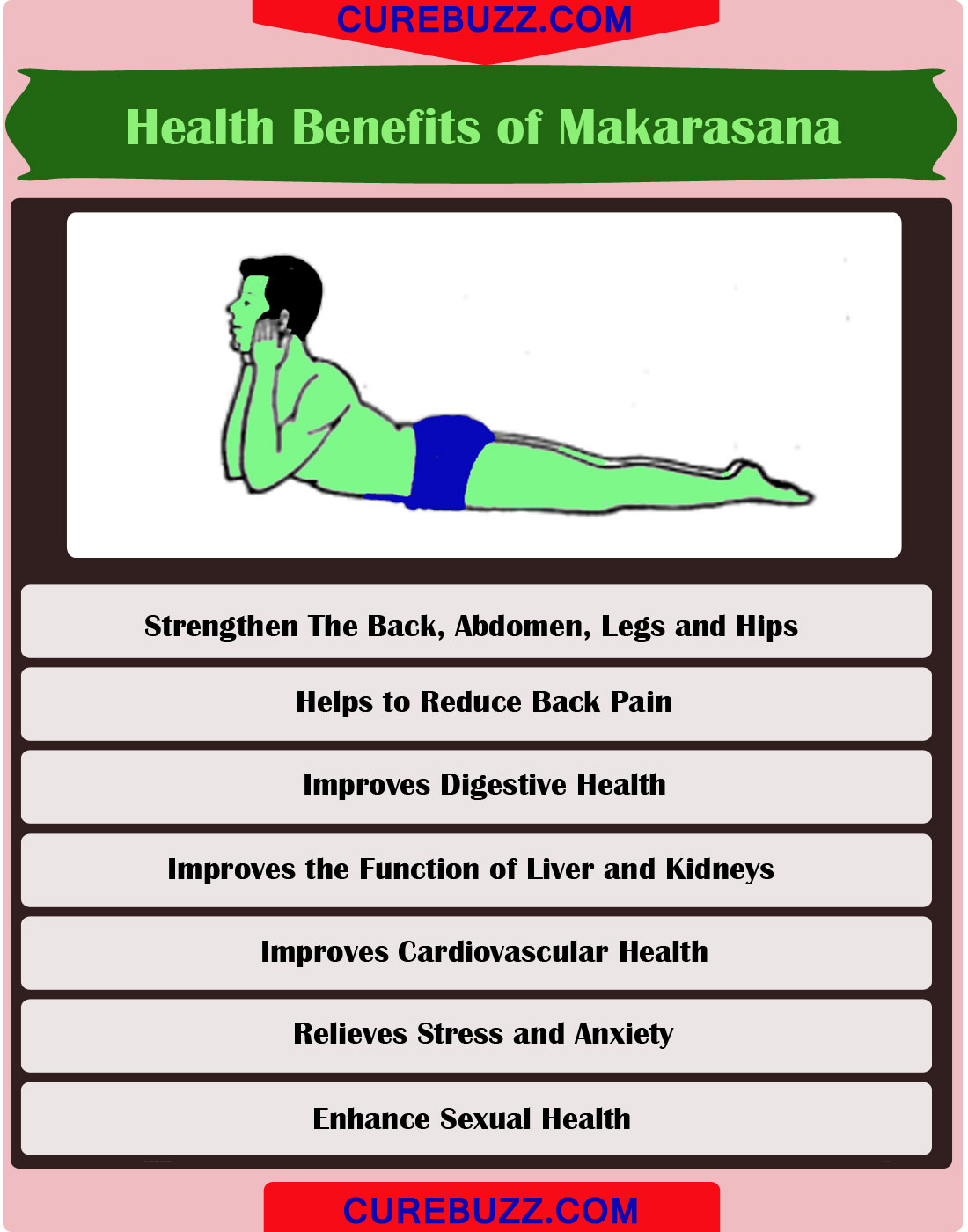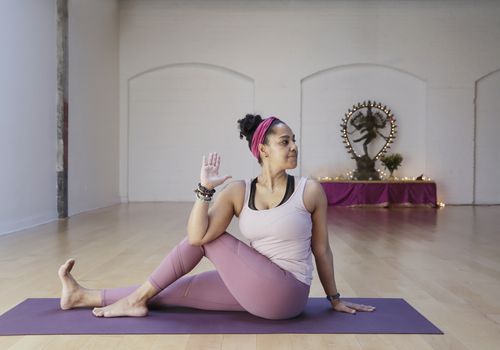
You're not the only one curious about yoga. You may be confused about where to begin, as there are many styles of yoga from Vinyasa flow and child's pose. It's not hard! These are some tips to help you get started. You can relax by simply starting to relax. It's not necessary to perform complicated poses.
Beginner's Yoga
If you're new to yoga, you might wonder what to expect from a beginner's yoga class. Many classes combine traditional yoga poses with meditation and breathing. In order to build confidence and establish an ongoing practice, beginners should keep to the same class every month. Once you feel comfortable with the class, you can transition to more advanced classes. The focus of beginner's yoga classes is usually on a single theme, such as the benefits and uses of meditation.
A yoga class is a great form of exercise that is good for people of all ages and fitness levels. When looking for a yoga class, beginners should look for one with a slow pace so that they can build strength and flexibility as they learn. It also provides mental and emotional benefits. Yoga classes can help you deal with stress. Yoga can have many benefits including anxiety reduction, depression prevention, sleep enhancement, and general well-being. The eight "asanas" or poses for beginners in yoga are intended to be used by beginners.

Whether you're a complete beginner or looking for a gentle yoga class, there are classes for everyone. Yoga classes for beginners can help you to maintain your balance and learn from common mistakes. In a supportive, relaxed setting, you can also discover the benefits of yoga. By the time you're ready for more advanced yoga classes, you'll be surprised at how much you've improved in your life!
Vinyasa
Vinyasa is the best option if you are looking to start yoga. This type of yoga emphasizes linking movement with breathing. So you can expect to hear a lot of music during class. Many teachers will match music to specific poses. The corresponding music is ideally suited for those who enjoy HIIT workouts, but endurance athletes may also find vinyasa beneficial.
For beginners to vinyasa yoga, it can be daunting for some people, especially for those with less experience. Yoga requires you to do a full body workout. It may be difficult to do all the poses exactly like your instructor but you'll learn how to modify them depending on your fitness level. Yoga is a great way to get to know your teacher and to learn how to modify poses.
It is important to choose a yoga class that suits you if you are new to the practice. A slow, gentle or fast-paced vinyasa can be a good choice for beginners. It is important to seek medical advice before you take part in fast-paced yoga classes, unless you have a particular injury.
Child's pose

The Child's pose is a very basic and helpful yoga pose for beginners. While this pose is most commonly used for resting it can also serve as a good stand-alone yoga position. This pose is popular among beginner yoga positions. It is great for focusing on your breath and body awareness. Child's position can increase flexibility and help strengthen your muscles. It can reduce stress and promote blood circulation.
If you have a stiff neck, a big chest, or a big belly, Child's Pose may not be the right posture for you. To make this pose more comfortable, you can use a foam block or a firm bolster to elevate your neck. You can also use a towel or thin blanket to prop up your head. In order to learn this pose, it is important to make sure you practice it with caution, as it can be challenging for newcomers.
Once you've mastered the child's pose you can move on to more difficult poses such as the half moon or full moon. Rolling a towel between your knees or chest will help your body adapt to the pose. This allows you to adjust the speed of the full position, while also protecting your knees. You can experiment with different positions and find what feels comfortable for you. Remember to listen to the messages of your body.
FAQ
Is it possible for me to be depressed?
Depression is a very common problem for teens. However, it's important to realize that many teenagers struggle with depression.
This doesn't necessarily mean you're weak or insane. Many people are unaware that they are suffering from depression. Depression can be a medical condition.
There are different kinds of depression. Some people experience only sadness. Other people may experience other emotions as well. There are different degrees of severity.
Some people suffer mild depression, others are more severe. It's important that you understand that depression doesn't always have to be bad. Sometimes, it helps us cope with stressful events.
If you are constantly feeling sad, tired, or demotivated, it's a good idea for you to visit a doctor. Your doctor will be able to diagnose you and determine if you need treatment.
What do psychologists think about mental health and well-being?
Psychologists believe that mental wellbeing is essential for human development. Psychologists believe that mental well-being is more than just being healthy.
Mental health is a topic that psychologists have differing opinions on. Some psychologists argue that mental well-being is not important, as there are many people without mental illnesses. Other psychologists believe mental health is crucial because we cannot function properly without it.
Why is students' mental health important?
Mental health is vital for students because they need to be able to focus on school and do well academically. You can't do well at school if your mind isn't in the right place. Students suffering from depression are more likely to miss class, which can lead them to get poor grades. This may lead to dropping out of high school and eventually college.
If you're struggling with depression, you should speak to your parents or teachers. These people will be able help you receive the care that you require.
It is important that you remember that not everyone suffering from depression needs medication. Talk therapy is very effective for many people. A counselor is a great option for anyone who wants to seek help.
Statistics
- In any given year, an estimated 18.1% (43.6 million) of U.S. adults ages 18 years or older suffered from any mental illness, and 4.2% (9.8 million) (healthypeople.gov)
- Similarly, while there is some agreement about the boundaries of typical mental disorders 2, there is likely less agreement about those for positive mental health. (ncbi.nlm.nih.gov)
- More than 40 million adults in the United States have an anxiety disorder, but less than 37% of people seek mental health treatment for their symptoms. (talkspace.com)
- Similarly, for positive mental health, there is likely to be substantial agreement about some typical components (e.g., resilience to stress) 6, and controversy about more atypical components (e.g., career consolidation). (ncbi.nlm.nih.gov)
- It does have some influence, but not nearly as much as we might think, so focusing less on attaining wealth will likely make you happier (Aknin, Norton, & Dunn, 2009); (positivepsychology.com)
External Links
How To
How to Care for Children with Autism
Autism spectrum disorder (ASD), a neurodevelopmental condition, is characterised by repetitive behavior and impairments in social communication. ASD affects one in 50 people around the world. However, there is no cure.
The first symptoms usually appear during infancy, around 18 months old. The most common symptoms include difficulties understanding other people's emotions, difficulty making eye contact, poor language development and difficulty learning new skills. These symptoms can lead sometimes to more serious behavioral issues like aggression, anxiety, depression and sleep disturbances.
This disease is not currently understood, but researchers believe genetics could play a role. ASD could be caused by many factors including infections, stress, anxiety, medications, vaccinations, alcohol consumption, and smoking. There is also evidence suggesting that certain viruses like rubella and measles can increase the risk of developing ASD later in life.
Although early diagnosis and intervention can help improve outcomes, many families struggle with their child's behavior after they reach school age. The severity of symptoms and the level of support required will impact the options for treatment. However, studies have shown that therapies that improve social interaction and reduce problem behaviors can make all the difference.